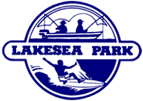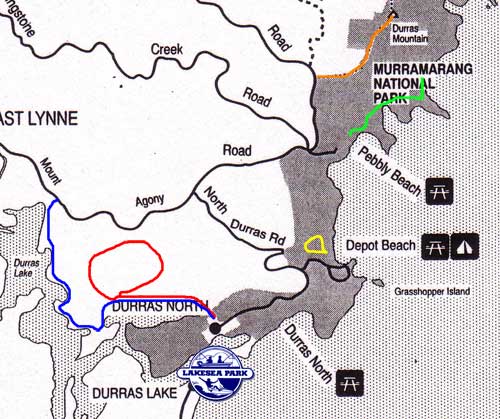Murramarang National Park
Murramarang offers visitors a wide range of activities including swimming, surfing, fishing, picnicking, bushwalking and nature study. The hinterland walk to Durras Mountain (283 m) is very popular as it leads to spectacular views of the coastline and inland ranges.
The park’s largely undisturbed coastline with its sandy and shingle beaches, rugged headlands, tombolas, rock stacks and fossil-bearing rocks provides visitors, students and scientists with a rich environment to explore. The extensive forests in the park are home to many animals and birds. Eastern grey kangaroos, swamp wallabies and an occasional red-necked wallaby can be seen at dawn and dusk when they feed. Common bird-life includes parrots, finches, honeyeaters and a large variety of sea birds.
Spotted gums with a canopy of burrawangs form the main plant community in the park. In the sheltered gullies around Durras Mountain rainforest pockets can be found.
LOCATION AND ACCESS TO THE NORTHERN PORTION
Travel north along the Princes Highway from Bateman’s Bay for 14 kilometres. Turn right onto Mt Agony Road where the highway is sign posted Depot Beach and North Durras.
DISCOVERY TRAIL
(1.5 kilometres, 45 minutes – rated easy)
A circular walking track.
Take Durras North road, turn into dirt track marked: ‘Discovery Trail’ and continue to the carpark near the lake.
The walk takes you down a bush staircase to a quite easy walk through the forest and along a boardwalk. This delightful walk encompasses majestic spotted gum, several eucalypt species and dense rainforest. The trail encourages visitors to enjoy the tranquil surrounds of the forest while highlighting the important values of the forest of the past, present and future.
DURRAS LAKE
(7 kilometre, 3 hour return – rated easy)
A walk around the margins of Durras Lake.
Entry is from the small parking area on Mt Agony Road or the more secure area at the start of the Discovery Trail.
The spotted gum and burrawang palm is obvious in this area and is the dominant vegetation of this part of the South Coast. The quietness in this forest and the varied waterbirds of Durras Lake are features of this walk.
DEPOT BEACH
(rated easy)
Enjoy a 700m walk through a rainforest adjacent to the carpark area for the beach. This short walk explains the past existence of rainforest in the area. You can take a leisurely stroll along the small beach and across the rock platforms. Gaze into the rockpools and see a myriad of sea-life, colour and unusual patterns.
DURRAS MOUNTAIN
(7.5 kilometres, 3.5 hour return – rated moderate/hard)
A walk with a moderately steep climb.
Access to the coastal walk and the mountain is gained by walking through the Pebbly Beach Camping Grounds. There are some short steep climbs at the start but the 360° panoramic views make the effort worthwhile. From the trig station on top, views to Pigeon House and the tablelands and north and south along the coastline make for excellent photography. On a clear day Montague Island can be seen in the south.
PEBBLY BEACH TO SNAKE BAY
(7 kilometre – about 3.5 hours return – rated easy/moderate) Start from carpark at Pebbly Beach. Enjoy coastal views, beaches and rock platforms. If you have children you may wish to walk to Clear Point and Return, shortening the walk to about 1.5 hours. Clear Point is a large grassy area with lovely views of the coastline. Kangaroos are often found in this area.
There are also more great walks in the Southern part of the National Park starting just south of Murramarang Resort. Located only a few kilometers south of Lakesea Park, just past the Murramarang resort is a Dirt road that provides access to the Norht Head of Batemans Bay. Check out the Coastline image tour to see some of the amazing beaches and lookouts that exist in this part of the Murramarang National park south of the lakesea Resort.







